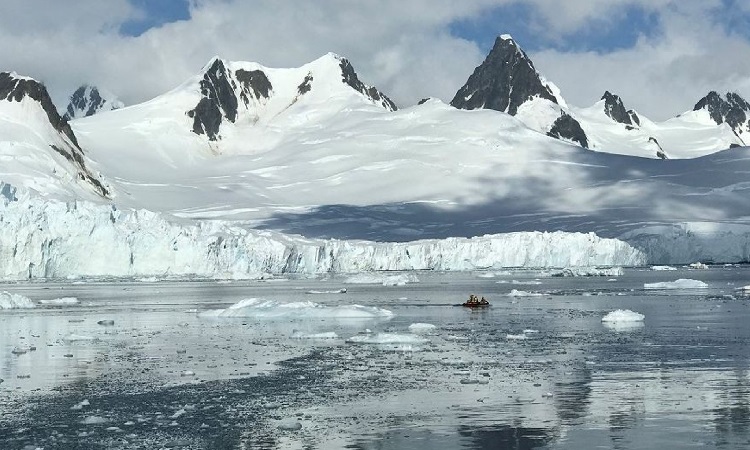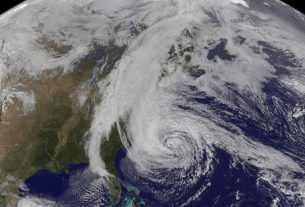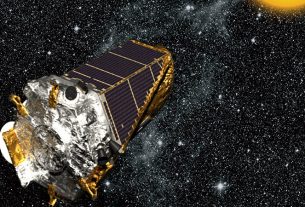New work published in the journal Nature Communications on February 22 shows how the growing influx of tourists to Antarctica is leading to an increased rate of melting near the most visited sites on the peninsula.
The exotic, virgin and immaculate dimension of the Antarctic landscape makes it an increasingly popular place for tourists. With its extreme cold conditions and its gigantic polar caps, the white continent seems to us to be set back from the rest of the planet, an impression that finds a strong echo in reality. Indeed, the circumpolar ocean current and the strong westerly winds that encircle Antarctica help to isolate it from many external influences.
A darkening of the ice by soot deposits
The growing influx of tourists to the Antarctic coasts is not without consequence, however. Pollution is increasing there at high speed with ever greater impacts on the local environment and the rate of ice melting. Contrary to what one might think, the problem is not so much in the production of waste, because the Antarctic treaty obliges the competent authorities to evacuate it from the continent, but in the emission of microscopic dust.
In a new study, a group of researchers quantified the impact that tourism had on the regional environment. Based on around twenty ice samples taken from the periphery of the most visited area of Antarctica, the scientists found an abnormally high quantity of soot particles, also called black carbon. However, by darkening the surface, this dust increases the absorption of solar energy and therefore the extent of the thaw during the austral summer.
Both visitors and researchers are helping to accelerate the melting in Antarctica
Emitted largely by the ships that bring tourists to the coast, these pollution particles have contributed to an additional melting equivalent to 83 tons of ice per visitor between 2016 and 2020. This figure is up to ten times higher for researchers present on the continent throughout the year and who use numerous soot-emitting devices. Indeed, in addition to the 74,000 tourists recorded during the 2019-2020 season, a few thousand scientists spread over seventy research sites are working in the field.
To limit soot deposits and their deleterious effects, the use of low- or no-carbon energies is a promising avenue on which considerable progress has been made in recent years. “Nevertheless, our results show that there is still a long way to go to reduce the impacts of tourism and ships in Antarctica. Otherwise, soot deposition attributable to tourism will increase as human presence in Antarctica increases,” the study points out in its conclusion.


